MXB-JTW Metric Thrust Washer For Vehicle Transmissions
Cat:Self-Lubricating Bearing
MXB-JTW metric thrust washers are based on high-strength brass (ZCuZn25Al6), with solid lubricant (graphite or molybdenum disulfide) embedded in the m...
See DetailsWear plates are essential components in industries where equipment is subjected to high levels of abrasion, impact, or sliding wear. Among them, the MSEW JIS 20mm standard wear plate is widely used because of its balance between strength, toughness, and thickness. Compliant with Japanese Industrial Standards (JIS), these wear plates are manufactured with consistent quality and dimensional accuracy, making them suitable for demanding applications such as mining, construction, cement plants, power generation, and heavy machinery.
For proper application, wear plates often need to be processed during installation. The most common processing methods include cutting, welding, and drilling. Each method must be carried out carefully to maintain the plate’s wear resistance and structural integrity. Below is a detailed overview of how MSEW JIS 20mm wear plates can be handled in these processes.
Content
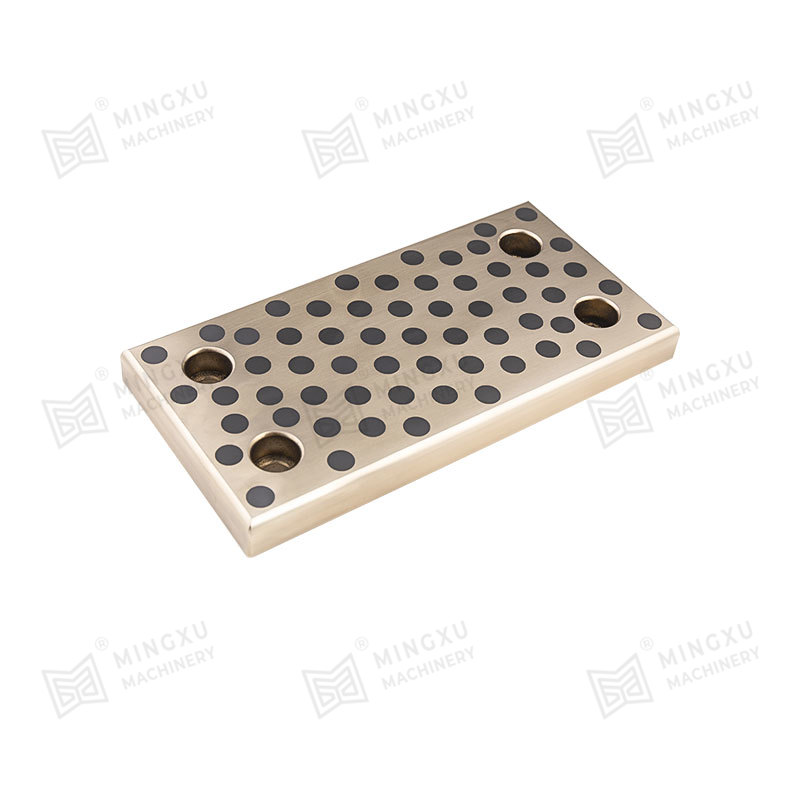
Welding is often required when wear plates need to be fixed onto machinery or structural components.
Drilling is often necessary when mechanical fastening (bolts or rivets) is used for installation instead of welding.
Because wear plates are designed for abrasion resistance, their hardness makes drilling more difficult than with standard steel plates. Specialized equipment and techniques are required.
When installing MSEW JIS 20mm wear plates, whether by welding or bolting, the following practices improve performance and longevity:
The main challenge in processing wear plates lies in their dual nature: they must be hard enough to resist wear, yet workable enough for installation. MSEW JIS 20mm wear plates are engineered with this balance in mind. While cutting, welding, and drilling require more specialized techniques than with ordinary steel, the results are durable components capable of withstanding demanding industrial environments.
Processing MSEW JIS 20mm standard wear plates for installation involves specialized techniques in cutting, welding, and drilling. Plasma and waterjet cutting are widely used for precision shaping, while preheating and controlled welding methods ensure strong joints without compromising wear resistance. Drilling with carbide or cobalt tools enables mechanical fastening when welding is not preferred.
By applying the right processing methods, industries such as mining, cement, steel, and construction can maximize the service life of wear plates, reduce downtime, and ensure reliable protection for their equipment. The combination of JIS compliance and proper installation practices makes MSEW JIS 20mm wear plates a dependable solution for heavy-duty wear challenges.
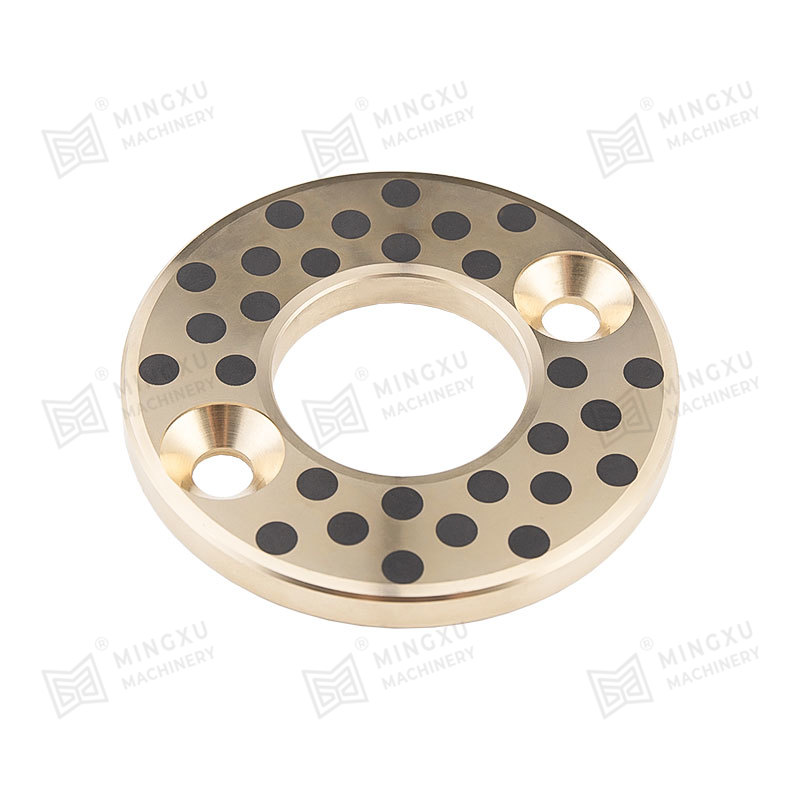
MXB-JTW metric thrust washers are based on high-strength brass (ZCuZn25Al6), with solid lubricant (graphite or molybdenum disulfide) embedded in the m...
See Details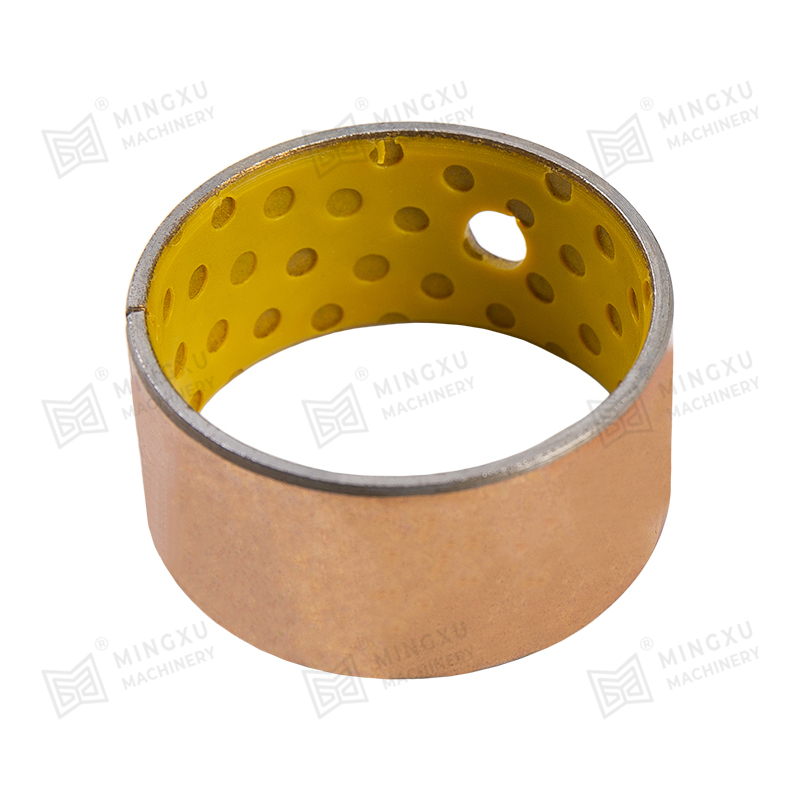
MXB-DX boundary oil-free bearings, equivalent to SF-2 self-lubricating or dry plain bearings, which is based on steel plate, sintered spherical bronze...
See Details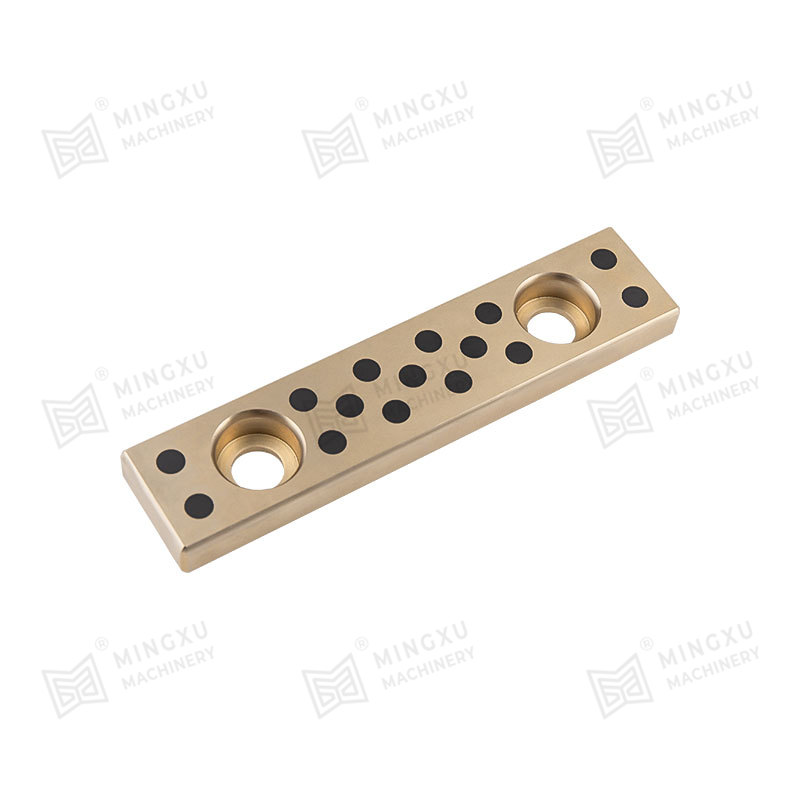
MXB-JOML self-lubricating wear plates are designed to minimize friction and extend service life in industrial applications. The product is made from a...
See Details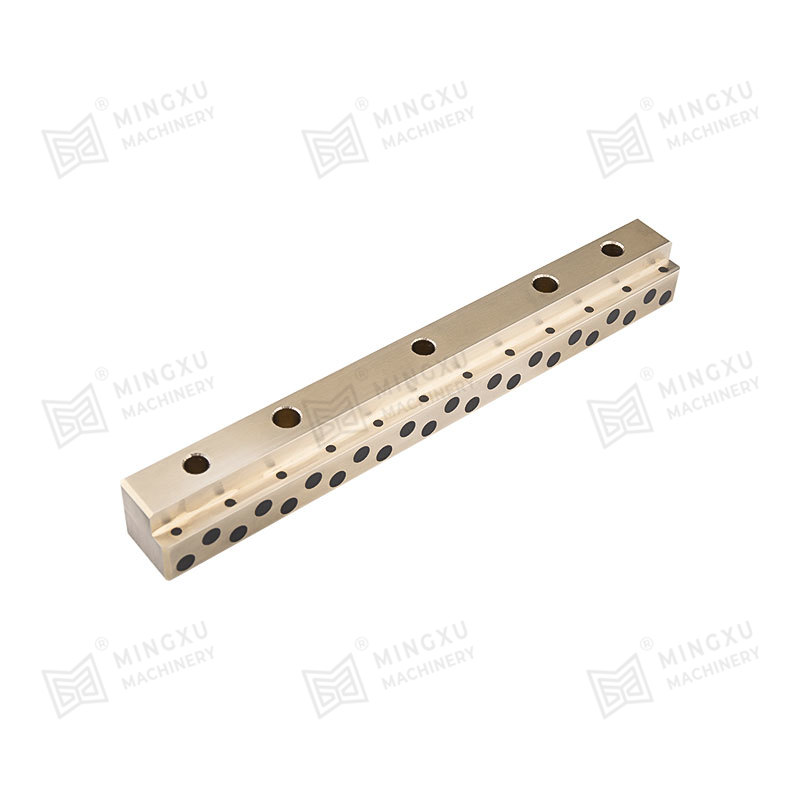
MXB-JSOL self-lubricating guide rail is an L-shaped guide groove type self-lubricating guide rail, which is made of a combination of high-strength bra...
See Details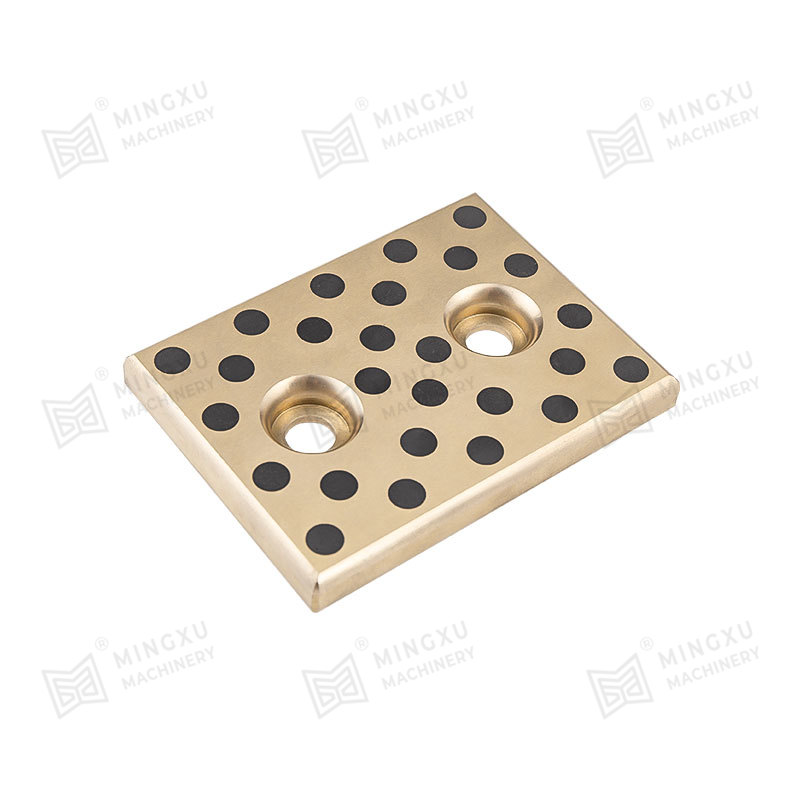
MXB-JSP self-lubricating wear-resistant plate is suitable for injection molding machines, automotive stamping molds, tire molds, factory machinery (ex...
See Details
MSEW JIS 20mm Standard Wear Plate is based on high-strength brass, tin bronze, steel-copper bimetal, cast iron or bearing steel. The surface is inlaid...
See Details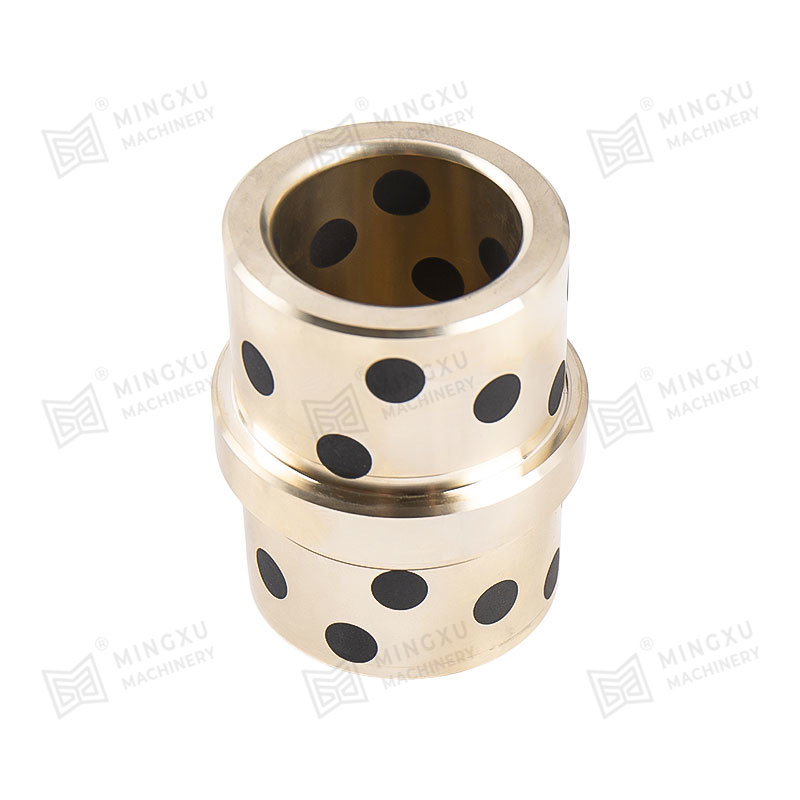
Normally, the push plate is supported by four reset rods. However, due to the low installation accuracy of the reset rods, when the push plate is larg...
See Details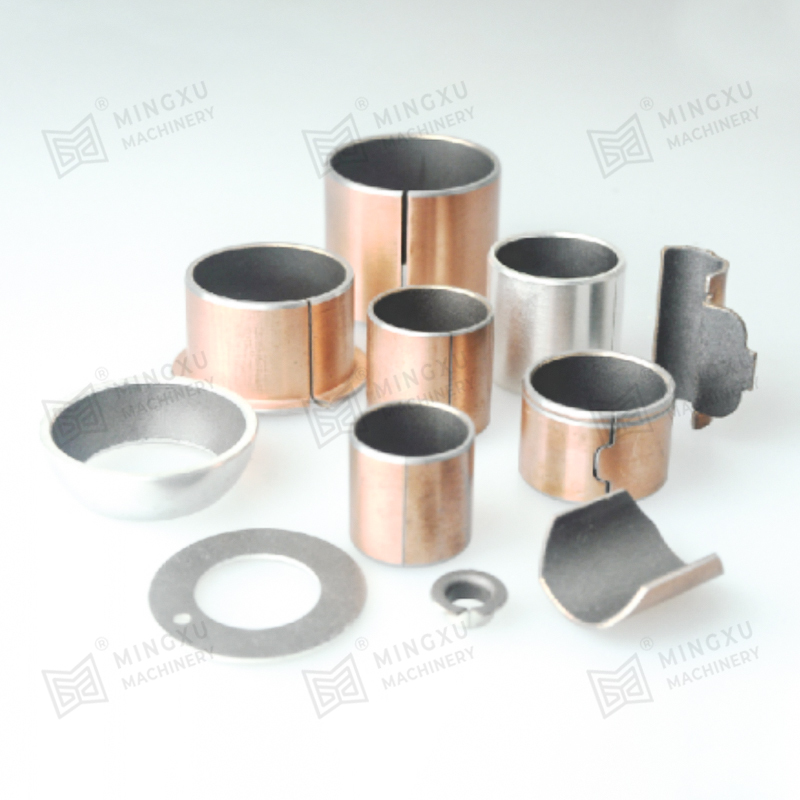
SF-1X oil-free lubricating bearing is a rolled sliding bearing with steel plate as the base, spherical bronze powder sintered in the middle, and a mix...
See Details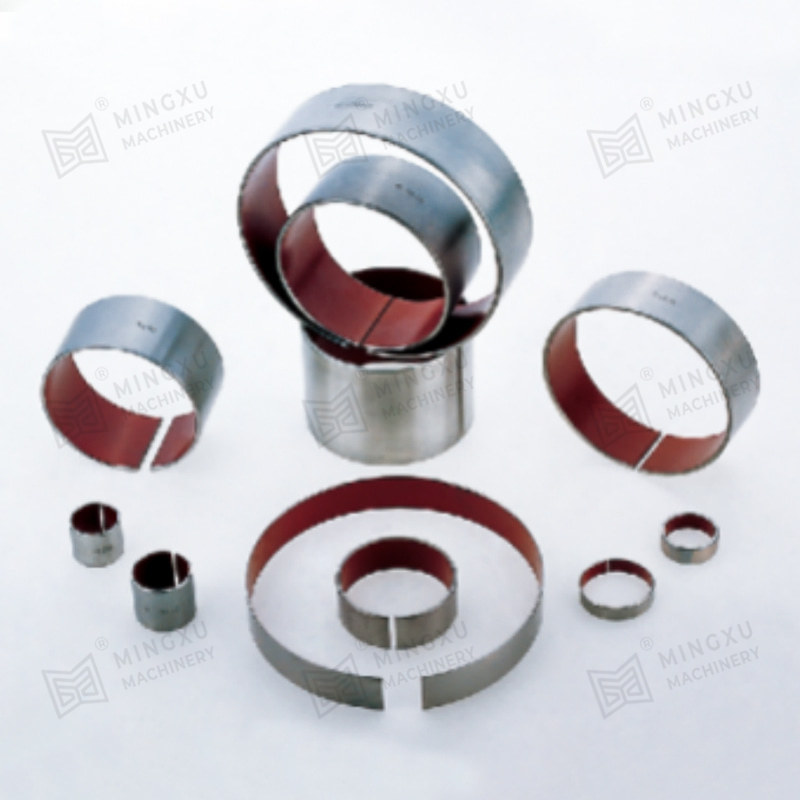
SF-1S stainless steel corrosion-resistant bearing is a very effective corrosion-resistant material that is formed by rolling with stainless steel as t...
See Details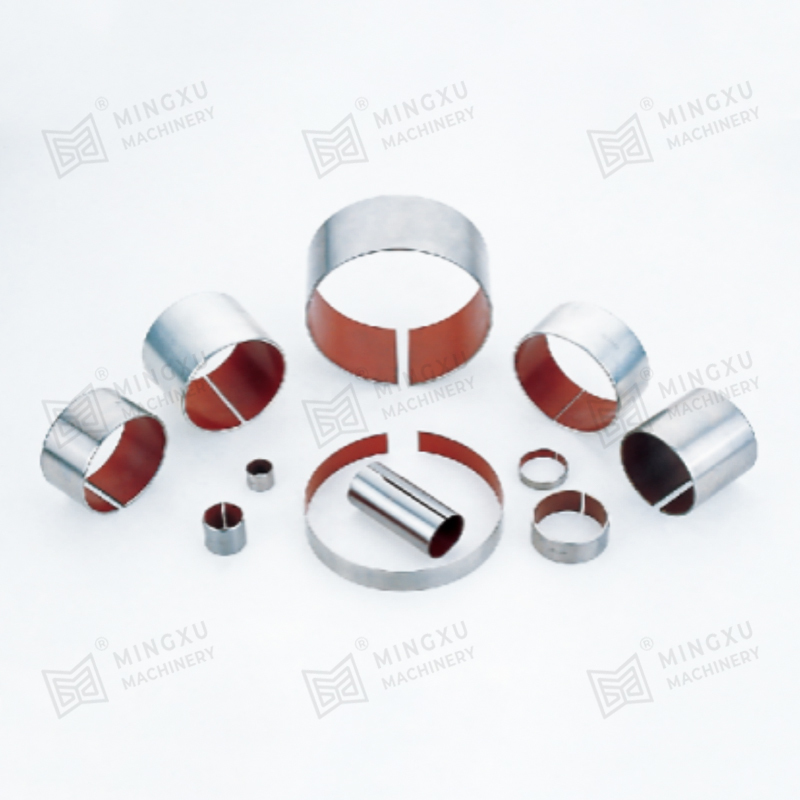
SF-1SS is a highly corrosion-resistant and wear-resistant bearing made of stainless steel as the base material and PTFE sprayed on the surface. This m...
See Details
Contact Us